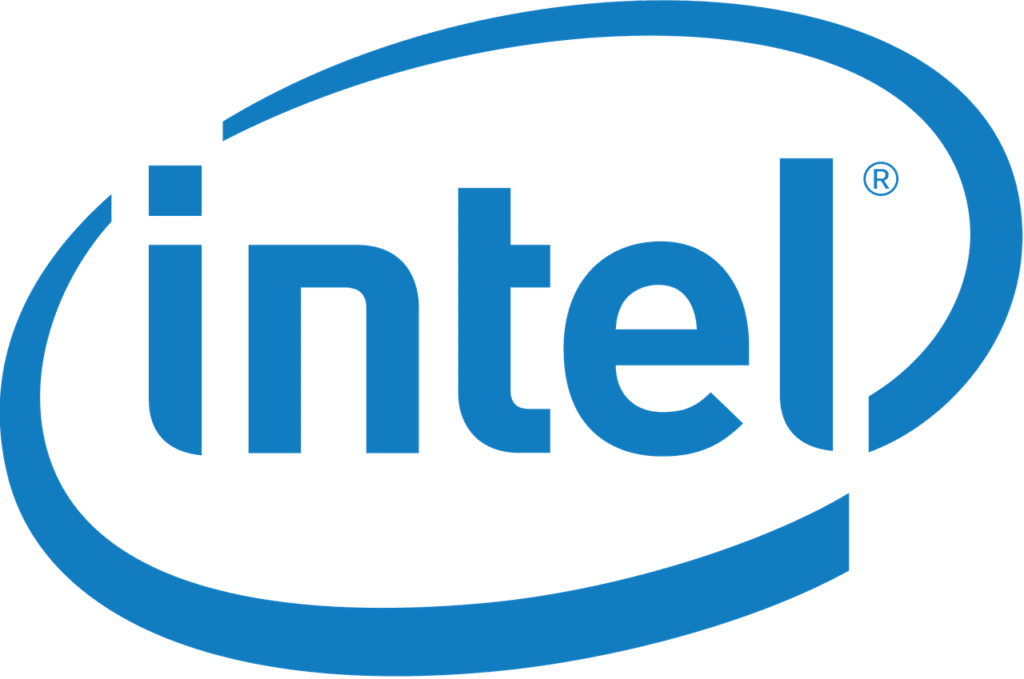
Intel, once the undisputed titan of the semiconductor industry, now finds itself in choppy waters. Recent reports suggest that the tech giant is facing a historic stock drop—its most significant decline in 24 years. Investors and analysts are watching closely as this downturn unfolds. What led to Intel’s staggering struggles? And what does it mean for the broader tech landscape? This post will dive into Intel’s recent challenges, explore its declining market share, assess competition from rivals, and examine potential paths forward for recovery. Buckle up as we dissect this seismic shift in one of technology’s most iconic companies.
Intel’s recent struggles

Intel’s recent struggles are hard to ignore. The company has grappled with production delays and supply chain issues, impacting its ability to meet market demands.
The shift towards advanced chip technologies came at a cost. Competitors like AMD and NVIDIA have seized the opportunity, introducing innovative products that captivate consumers and businesses alike.
Furthermore, Intel’s efforts in diversifying into new sectors have been slow-paced. As rivals accelerate their R&D initiatives, Intel appears to be lagging behind.
Employee turnover also poses a challenge. Key talent leaving for startups or other tech giants disrupts momentum and innovation within the company.
With shrinking market share and mounting pressure from shareholders, Intel faces an uphill battle ahead. Every misstep only compounds the urgency of finding effective solutions in this evolving landscape.
The reasons behind Intel’s declining market share and stock prices
Intel has faced numerous challenges that have contributed to its declining market share and plummeting stock prices. Increased competition from AMD and ARM-based processors is a significant factor. These rivals have gained traction in performance and efficiency, leaving Intel scrambling to catch up.
Another issue lies in production delays. The transition to new manufacturing processes has been slower than expected, impacting product launches. This delay not only frustrates consumers but also erodes confidence among investors.
Additionally, the rise of custom silicon solutions by tech giants like Apple further complicates Intel’s position. Companies are moving away from relying solely on traditional chipmakers, which threatens Intel’s dominance in key markets.
All these factors combined create a challenging landscape for the semiconductor giant as it struggles with innovation while trying to maintain its once-unassailable lead.
Impact on the tech industry and competition from rivals

Intel’s historic stock drop sends ripples through the tech industry. Investors are increasingly wary, questioning the stability of semiconductor giants.
Competitors like AMD and NVIDIA have seized this opportunity. They’re innovating rapidly, capturing market share that once belonged to Intel. As these rivals roll out cutting-edge chips, they challenge Intel’s dominance in high-performance computing.
This shift impacts not just sales but also how companies approach their technology strategies. Many firms are now reconsidering partnerships and supply chains. The landscape is evolving quickly, leaving some players scrambling to adapt.
Moreover, startups see a chance to disrupt established norms. New entrants focus on niche markets or specialized solutions that could further erode Intel’s foothold in critical sectors such as AI and cloud computing.
The stakes couldn’t be higher for all involved as competition intensifies across various segments of the tech world.
Steps taken by Intel to turnaround their business
Intel has initiated several strategic moves to reverse its downward trajectory. First, the company ramped up investment in research and development. This focus aims to enhance innovation in semiconductor technology.
Additionally, Intel is restructuring its supply chain. By optimizing production processes, they hope to cut costs and improve efficiency.
The launch of new chip architectures marks another key step. These advanced designs are intended to compete with rivals like AMD and Nvidia effectively.
Furthermore, partnerships with industry leaders have been prioritized. Collaborating with other tech giants can leverage shared expertise for better product development.
Intel has committed to sustainability initiatives as part of their corporate strategy. Emphasizing environmental responsibility may resonate well with consumers and investors alike.
Expert opinions on Intel’s future prospects
Analysts are divided on Intel’s future. Some believe Intel can rebound, citing its strong brand and technological prowess. They see potential in upcoming product launches and advancements in chip design.
On the other hand, skeptics point to recent management missteps at Intel. They question whether Intel can keep pace with nimble competitors like AMD and NVIDIA. The rapid innovation seen in those companies raises concerns about Intel’s ability to adapt quickly enough.
Market sentiment remains cautious as well. Investors are watching closely for signs of recovery or further decline. There’s a palpable sense of urgency within the company to address these challenges head-on.
The path forward will likely require significant investment in research and development. Experts emphasize that without a clear strategy, regaining lost market share could prove difficult for this tech giant.
Possible solutions for Intel to regain its position in the market
To regain its footing, Intel could invest heavily in research and development. This investment should focus on emerging technologies like AI and quantum computing. By leading these innovations, they can capture the interest of tech giants.
Collaboration with startups might also be a game-changer. Partnering with fresh minds could drive agility and creativity within their product lines.
In addition, streamlining production processes is essential. Adopting advanced manufacturing techniques can enhance efficiency, reducing costs while improving output quality.
Intel must also consider diversifying its portfolio beyond traditional chips. Exploring new markets such as automotive technology or smart devices may yield promising avenues for growth.
Enhancing marketing strategies to better communicate value propositions will help rebuild trust among consumers and investors alike. Engaging storytelling around their advancements can reignite excitement about the brand’s potential.
Conclusion and recommendations for investors
Intel has faced a challenging landscape recently, marked by its historic stock drop. As the company grapples with significant market pressure and competition, understanding the nuances of this decline is crucial for investors.
For those looking to invest in Intel or currently holding shares, it’s essential to stay informed about ongoing developments within the company. Monitoring their strategic moves can provide insights into potential recovery paths. Analysts suggest that focusing on innovation and diversifying product offerings may be key areas for Intel moving forward.
While uncertainty looms over Intel’s future, there are opportunities as well. Investors should weigh these factors carefully before committing further resources. Remaining vigilant about market trends and competitor actions will also help navigate this turbulent phase effectively.
In light of recent events surrounding Intel’s historic plunge, taking a measured approach—balancing risks against industry prospects—will be vital for any investment decisions made during this period of transition. Go to Intel’s website to know more.
Visit QAWire for more technology news.
